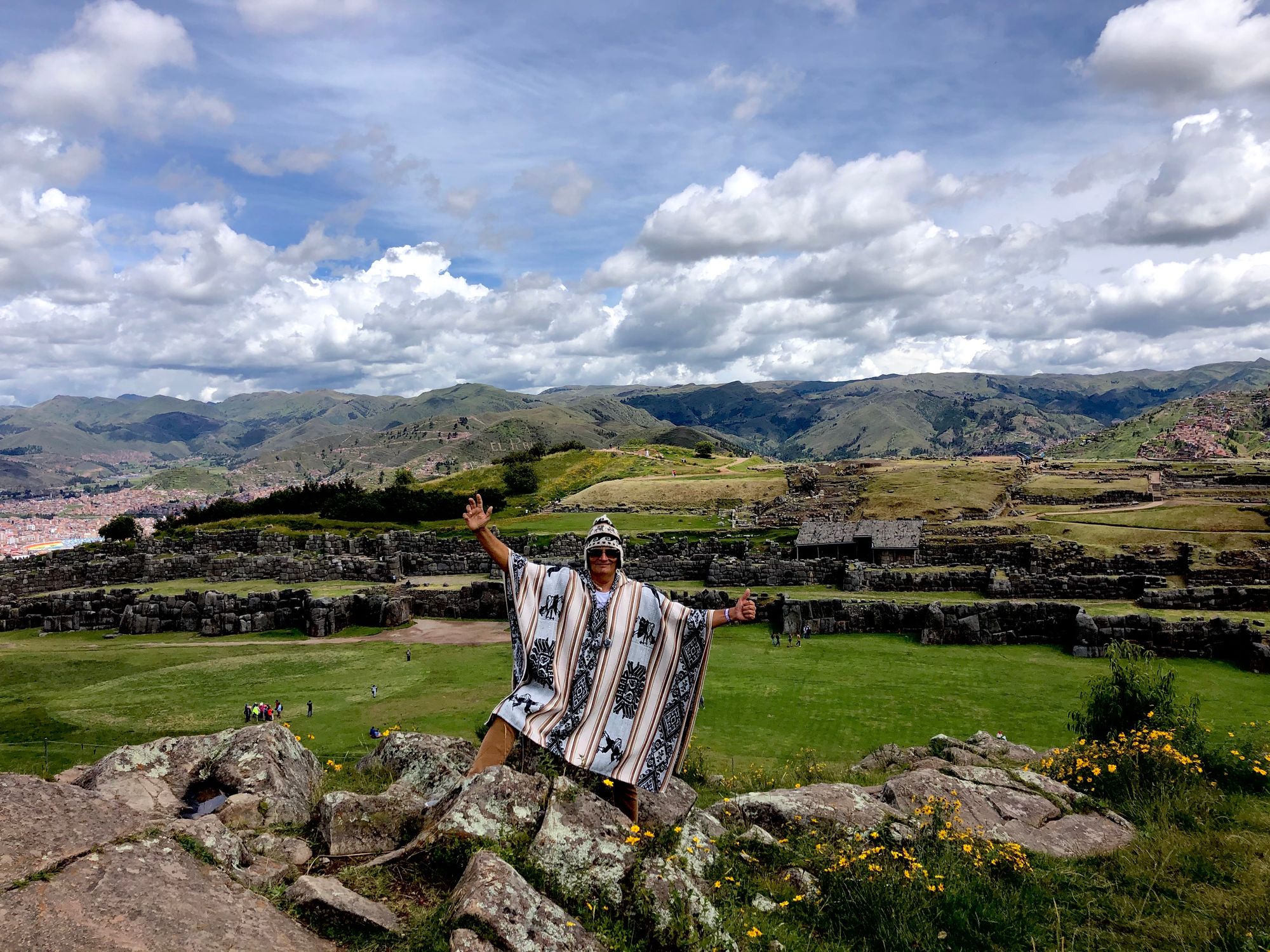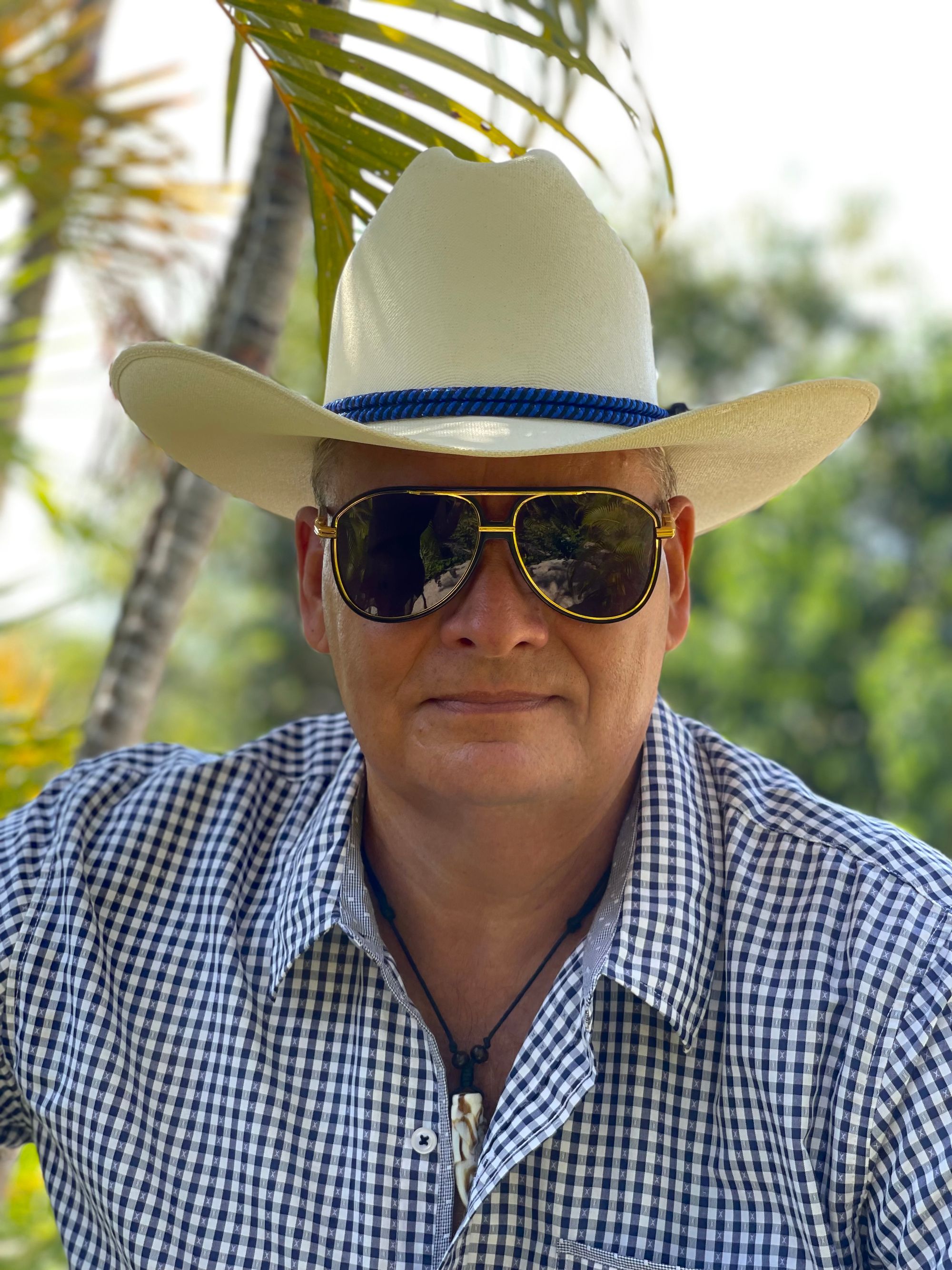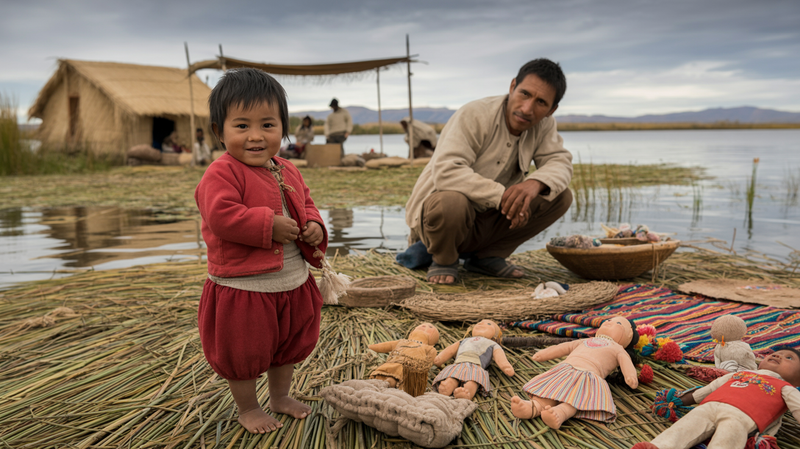If Stones Could Speak: The Untold Stories of Sacsayhuaman's Inca Mystery
Deep in the heart of the Andes Mountains, lies the ancient city of Cusco, once the center of the Inca civilization. It was here that the Inca rulers built their impressive structures and lived their extravagant lives. But there is one structure that stands out above all others - the

Deep in the heart of the Andes Mountains, lies the ancient city of Cusco, once the center of the Inca civilization. It was here that the Inca rulers built their impressive structures and lived their extravagant lives. But there is one structure that stands out above all others - the fortress of Sacsayhuaman.
The massive walls of Sacsayhuaman have stood for centuries, defying the ravages of time and weather. But what makes these walls so remarkable is not just their size and durability, but the way they were built. The stones that make up these walls are not ordinary stones. They are massive, some weighing over 100 tons, and they are fitted together with such precision that even a sheet of paper cannot be inserted between them.
The mystery of Sacsayhuaman has intrigued archaeologists and historians for decades. How were these massive stones quarried and transported to the site? And how were they fitted together so perfectly, without the use of mortar or cement?
One theory is that the Inca people used ramps to move the stones from the quarry to the construction site. Another theory suggests that the stones were moved by a system of ropes and pulleys. But neither of these theories can fully explain the precision with which the stones were fitted together.
Some have even suggested that the Inca people had help from extraterrestrial beings. The stones, they argue, are too large and too perfectly fitted to have been moved and placed by human hands alone.
Regardless of how the stones were placed, the fortress of Sacsayhuaman remains a testament to the ingenuity and skill of the Inca civilization. It is a reminder that even in a time before modern technology, humans were capable of achieving incredible feats of engineering and construction.
Today, Sacsayhuaman stands as a testament to the Inca civilization, and a mystery that continues to fascinate and intrigue us. As we stand in awe of these massive stones and the remarkable people who built them, we can only wonder at the secrets they hold, and the stories they could tell if only they could speak.
If a 50-ton Sacsayhuaman stone could speak, it would tell tales of ancient civilizations and lost cultures. It would tell the story of the Inca civilization, a culture that rose to great heights and then disappeared without a trace.
The stone would recount how it was quarried from the mountainside and transported to the construction site, where it was carefully fitted into place. It would describe the precision and skill of the workers who shaped and placed it with such care, and the pride they felt in their work.
It would speak of the battles and wars that took place around it, and the times when it was used as a defensive stronghold against invaders. It would describe the ceremonies and rituals that took place within its walls, and the awe and reverence that the Inca people felt for the gods they worshipped.
But beyond the stories of the Inca civilization, the stone would also speak of a mystery that has puzzled scientists and historians for centuries. It would tell of the strange and enigmatic way in which it and its brethren were fitted together, with such precision that they seem to defy the laws of physics and engineering.
And if the stone could speak of its own thoughts and feelings, it would tell of the loneliness and isolation it has felt, standing in one place for centuries, watching as the world around it changes and evolves.
But despite the mysteries and unanswered questions that surround it, the 50-ton Sacsayhuaman stone would also speak of its enduring strength and resilience. It would stand as a symbol of the remarkable achievements of the Inca civilization, and a testament to the enduring power of human creativity and ingenuity.




